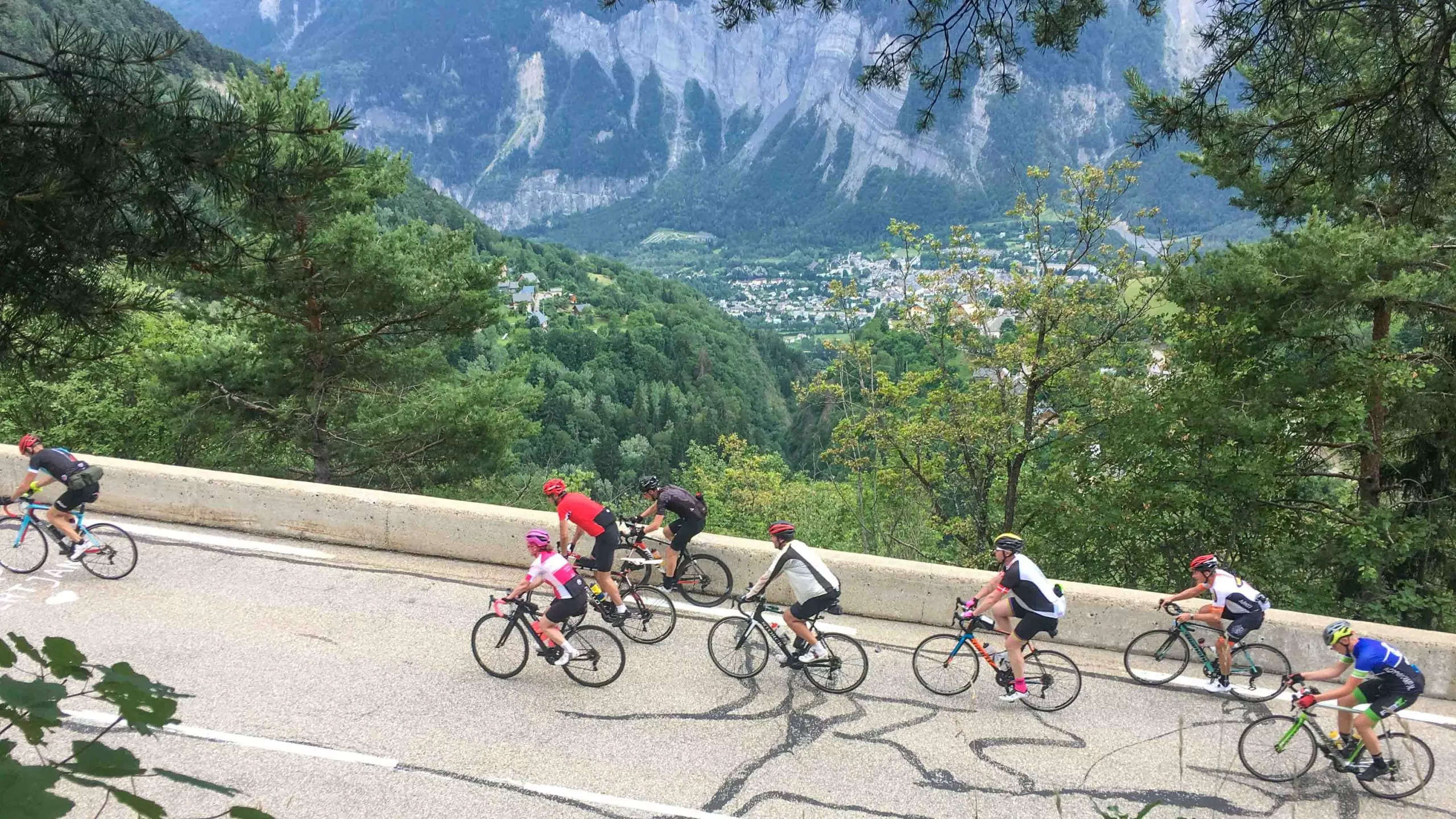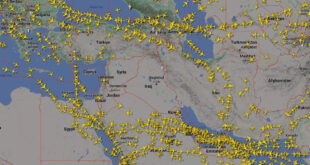[ad_1]

Every July, thousands of sports enthusiasts make a pilgrimage to France to see Le Tour de France in action. Le Tour is much more than just a race. It is a celebration of all things French – the rustic villages, the stunning beauty of the surroundings, the cheering crowds, the sportsmanship and, of course, the grande finale in Paris.
Crowds of people line the streets, hours and sometimes even days, in advance. The mood is festive with people pitching tents, enjoying picnics while waiting for the cyclists to join the impromptu street party.
This year, July 23 saw the grand finale of the famous Tour de France, touted to be the world’s greatest bike race filled with tense drama against spectacular backdrops.
Jonas Vingegaard won his second successive Tour de France after Jordi Meeus claimed the final stage honours on the Champs-Elysees in Paris. Denmark’s Vingegaard crossed the finish line after the 21-day race 7 mins 29 sec ahead of Slovenia’s Tadej Pogacar, the champion in 2020 and 2021. Pogacar’s UAE teammate Adam Yates of Great Britain rounded out the top three podium.Those who follow this sport know well that the mountain stages are the toughest and some of the most popular for people to watch the race. Many hundreds of thousands of fans line the mountain roads to watch the cyclists maneuver their way up to the summit, minding all the twists and turns.
The 21 bends of Alpe d’Huez are among the most legendary of the mountain stages. The Tour de France first used the Alpe in 1952. Though the climbs of Alpe D’Huez did not feature on the route map this year, this 13 km, uphill road is one of the most beautiful, and brutally challenging for cyclists.
But there is much more to Alpe d’Huez than Le Tour. Situated in the Rhône-Alpes region in southeastern France, Alpe D’Huez is approximately 59 kilometres east-southeast of the city of Grenoble. It is also about 145 kilometres northwest of Lyon, a major city in eastern France, with its own international airport.

A year round destination, Alpe d’ Huez, with its well priced ski resorts, is the perfect place for outdoor enthusiasts. The main village sits at 1869 mts in the centre of the Oisans region in the French Alps. This is a high altitude resort, with its highest point, at 3300 mts on the Pic Blanc glacier. Nicknamed the Island of the Sun or “l’Isle du Soleil”, it is said to be the sunniest ski resort in France – it is said the resort town gets 300 days of sunshine every year!
The high altitude of Alpe d’Huez ensures that its pistes maintain a good snow cover, even though its south-facing aspect keeps it in the sun for most of the day. In other words, Alpe d’Huez has one of the longest winter seasons in the French Alps.
It is also a great place for beginners to learn skiing as you can find plenty of gentle slopes to hone your skills. For more advanced skiers, Alpe d’Huez is home to the longest black run in the world, La Sarenne (16 kms). Not that it is technically difficult, but being extremely long, there is no way to get off it until you reach the bottom.
In late March, the annual electronic music festival Tomorrowland attracts a different vibe and crowd, thus packing a punch to the town’s year round social calendar.
For those who wish to get the overview of the magical snow peaks, there is the option of viewing the Alps from the air. You may take a tandem paraglider, where you are strapped to a pilot that will take you over the landscape while catching the thermals off the mountains. Or choose to take a scenic helicopter ride and microlight flights to see the mountains from up high.
Or just chill and enjoy a good drink at a local bar, there is so much to do in this bustling resort — all year round.
[ad_2]
Source link






